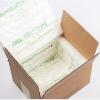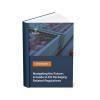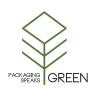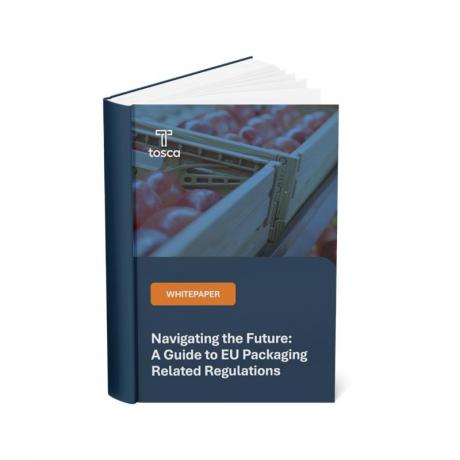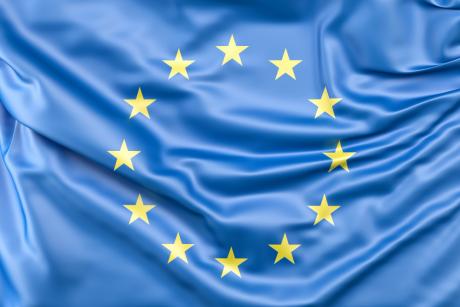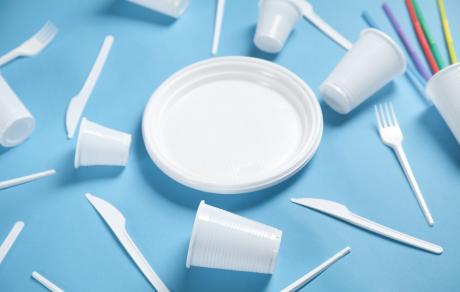There continues to be considerable interest in the ongoing discussions and efforts to establish how much recycled material should be ideally contained in plastic products, PET bottles in particular, a proportion that the EU legislator could make compulsory in the design of future plastic goods.
In recent days, a study on this topic was published by the well-known consultancy firm Eunomia, which works for the European Commission. The study develops hypotheses on the subject, and examines ways to inform the Commission on the implementation of the provisions of article 6, paragraph 5 of Directive (EU) 2019/904, also known as the Single-Use Plastics Directive (SUP).
According to the article, related to PET bottles, each member state shall ensure that:
a) from 2025, beverage bottles manufactured with polyethylene terephthalate (PET) as the main component, listed in Part F of the Annex, contain at least 25% recycled plastic, calculated as an average for all PET bottles placed on the market in the member state in question;
b) from 2030, beverage bottles listed in Part F of the Annex contain at least 30% recycled plastics, calculated as an average for all PET bottles placed on the market in the member state in question.
The study looks at various ways to establish a method for calculating, verifying and reporting these goals and for identifying any relevant factors useful for adapting this method to other areas such as packaging, construction, electronics and the automotive sector. Other possibly relevant instruments are also being considered, including the EU Ecolabel and Green Public Procurement (GPP).
Alongside this study, the EU Commission also needs to draw up a measure to be voted by member states on the Committee for Adaptation to Scientific and Technical Progress. If the project is approved, the EU Commission will adopt the initiative through a dedicated Regulation.


